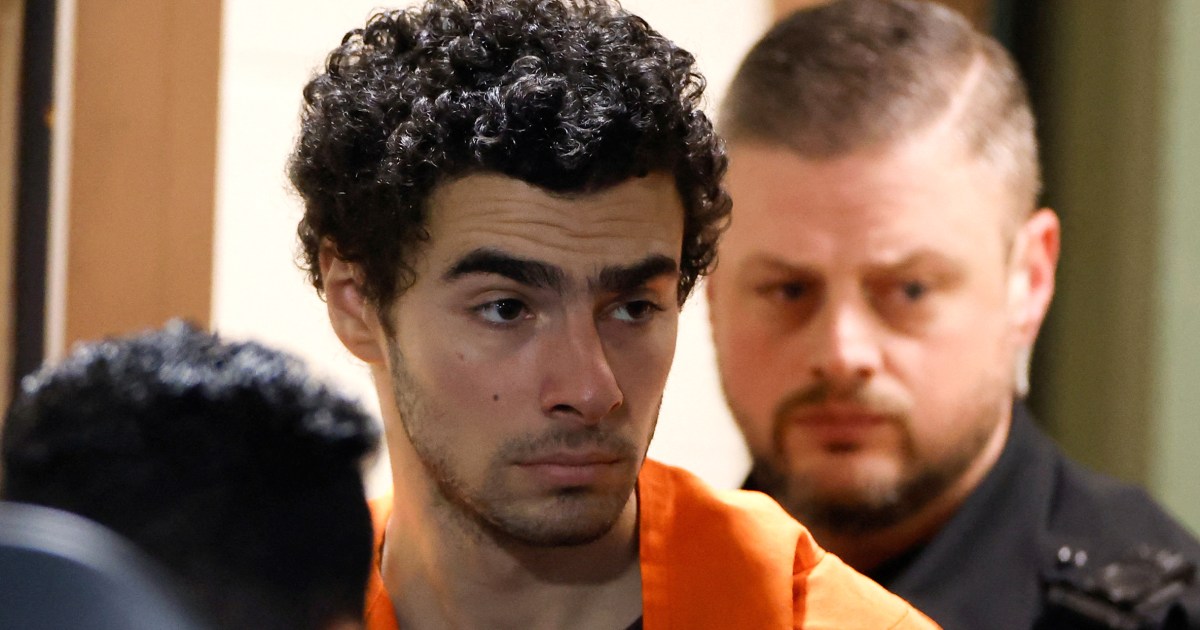World
How Julian Assange, US prosecutors arrived at plea deal to end his case

Assange raised a celebratory clenched fist as he returned to his homeland aboard a charter jet on Thursday, greeted by cheering supporters. (Photo: Reuters)
WikiLeaks founder Julian Assange is back in Australia as a free man, having resolved through a plea deal a US Justice Department case charging him with obtaining and publishing government secrets on his secret-spilling website.
It was a stunning resolution to a polarising drama that landed at the intersection of press freedom and national security, spanned three presidential administrations and played out across multiple continents.
The negotiations
The plea deal was the culmination of a lengthy negotiation process that accelerated in recent months and featured numerous proposals and counterproposals.
About a year and a half ago, a lawyer for Assange made a presentation to federal prosecutors in Virginia that included a bold request: that they drop the case.
That was untenable to the Justice Department, but months later prosecutors asked whether Assange would be open to resolving the case through a guilty plea. The Assange team was open to exploring that possibility but had two lines in the sand for what any deal would entail: no additional prison time and the ability to avoid entering the United States, consistent with his distrust of the government.
Assange’s lawyer proposed a misdemeanor plea, which under federal rules could be entered remotely without Assange needing to travel to the US Another possibility was having the organisation of WikiLeaks plead guilty to a felony and Assange to a misdemeanor.
Ultimately, in the last several months, Justice Department leaders floated the concept of a deal that would ensure Assange’s freedom and permit a plea to be entered outside the 50 states. Though the list of places that would fit that criteria is limited Guam is one the Northern Mariana Islands was selected.
The case was always going to be a complicated one, not only legally but also practically.
For one thing, the Justice Department needed to find a way to secure the extradition of Assange from the high-security Belmarsh prison, where he was taken in 2019 after being evicted from the Ecuadorian Embassy that had granted him asylum seven years earlier.
The extradition request encountered stumbling blocks that, after five years in custody, showed no clear signs of resolution.
In but one example, a court in London last month ruled that Assange could appeal an earlier extradition order to the US, with two High Court judges ruling for Assange after his lawyers argued that the US government provided blatantly inadequate assurances that he could attempt to defend himself by invoking the same First Amendment protections enjoyed in America.
Given the extradition process’s plodding place, the fact that Assange had already spent more than five years in custody, a punishment in keeping with or potentially even longer than what a defendant in the US might receive, was not lost on the Justice Department as it worked to resolve the case.
Saipan is a placid and rural Pacific island, the theater of a World War II battle between the US and Japan and, more recently, a scuba diving destination with lush golf courses.
On Wednesday, it became the unlikely site of a history-making coda to a sensational court case.
The location was no accident. Assange throughout the plea negotiations was determined to avoid being brought to the United States for fear of any number of cataclysmic scenarios that he and his supporters envisioned could happen.
After a marathon flight from London to Bangkok to the final destination, Assange arrived at the island’s grand federal courthouse, exiting a white vehicle wearing a dark suit with a gold-colored tie loosened around the neck.
Inside the courtroom, he listened intently, putting on glasses to review paperwork and even cracking an occasional joke. When it came time to address the court, he said he believed that the First Amendment and the Espionage Act under which he was charged were in conflict, but that he accepted the outcome.
After the plea was entered, US District Judge Ramona Manglona pronounced him a “free man.” He exited the courthouse with lawyers to a large media contingent.
How does it feel to be a free man, Mr. Assange? someone shouted.
He smiled and nodded and kept walking.
Assange raised a celebratory clenched fist as he returned to his homeland aboard a charter jet on Thursday, greeted by cheering supporters. It was a welcome change in surroundings following seven years in the Ecuadorian Embassy and five years in prison.
He spoke to Australian Prime Minister Anthony Albanese in a phone call from the capital Canberra’s airport tarmac, telling him that Australian intervention in the prosecution had saved his life, said his lawyer Jennifer Robinson.
He embraced his wife, Stella, and his father, John Shipton, who were waiting on the tarmac. But avoided the media at a news conference less than two hours after he landed.
It’s unclear what the future holds, though the White House swatted away any suggestion that President Joe Biden might consider a pardon.
His wife told reporters that the anti-secrecy crusader might be looking to return to more modest pleasures.
Julian plans to swim in the ocean every day. He plans to sleep in a real bed. He plans to taste real food, and he plans to enjoy his freedom, said Stella Assange.
(Only the headline and picture of this report may have been reworked by the Business Standard staff; the rest of the content is auto-generated from a syndicated feed.)
First Published: Jun 29 2024 | 11:52 AM IST










